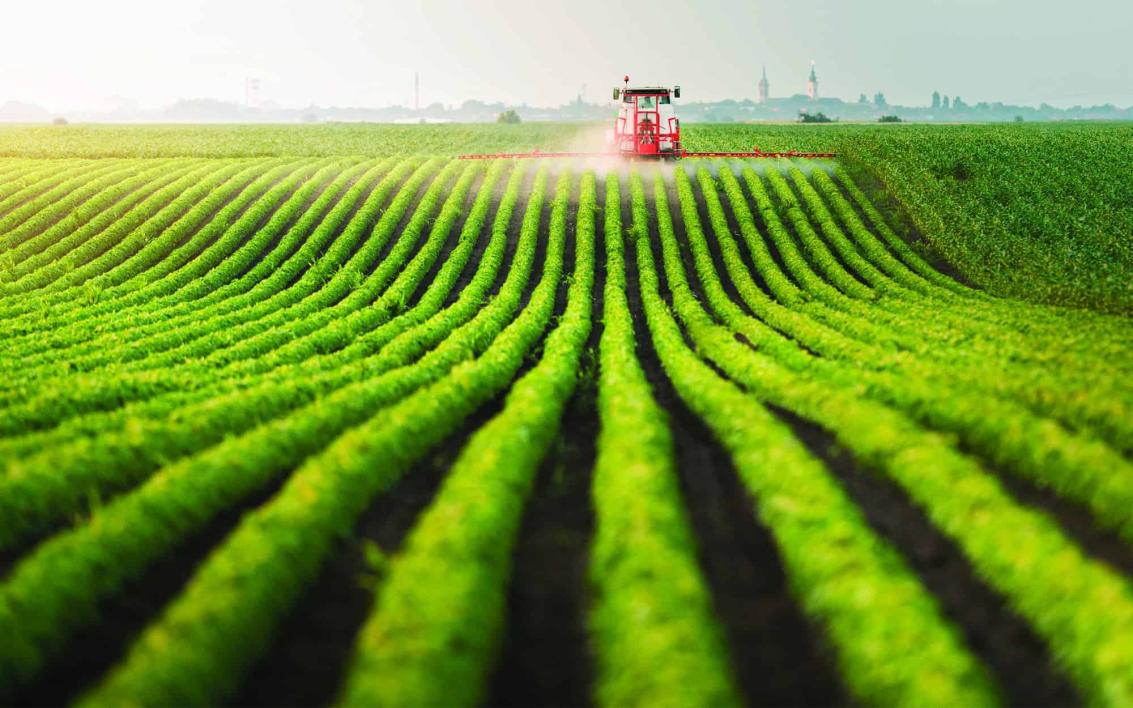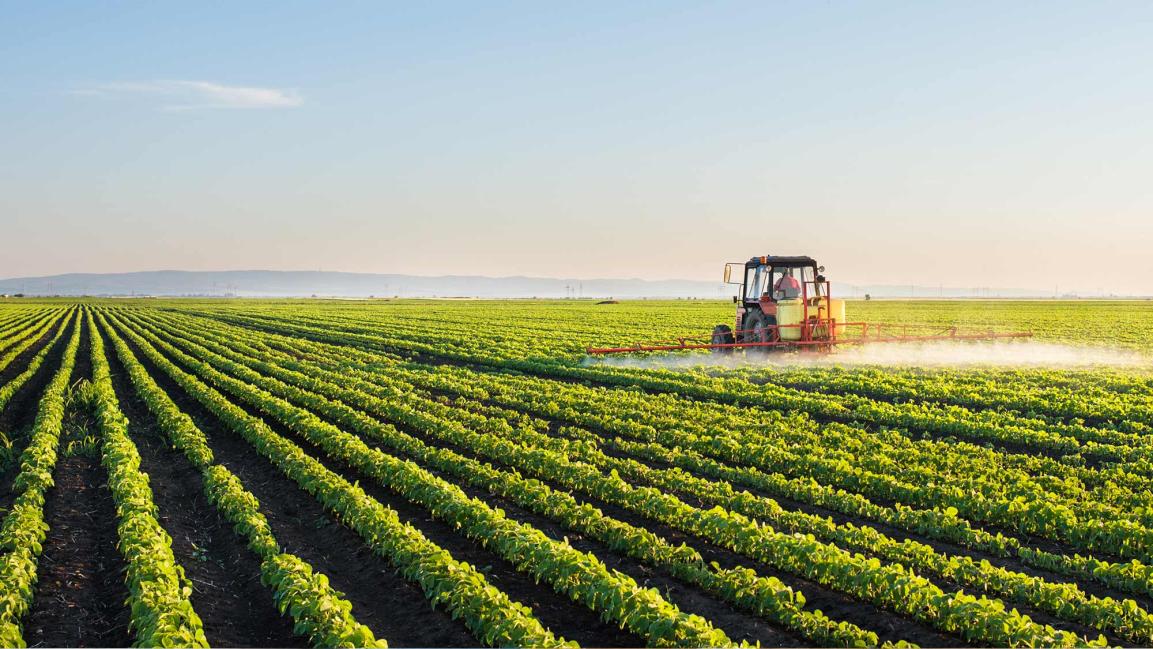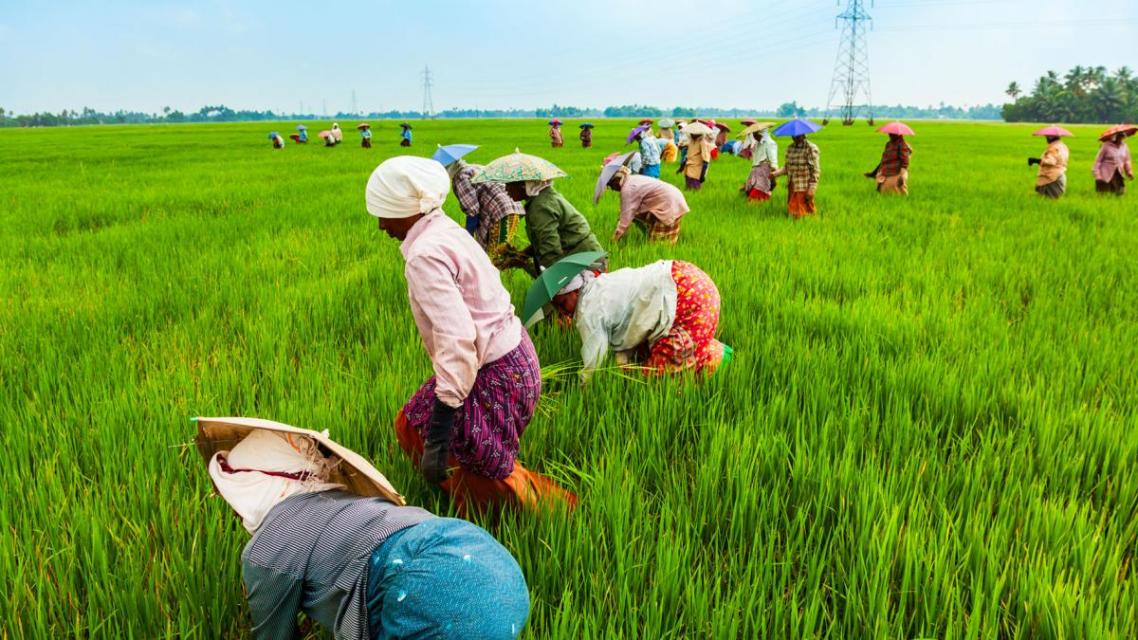Investigating the Impact of Satellite Data on Agricultural Decision-Making: A Case Study
Agriculture plays a pivotal role in the global economy and food security, and satellite data has emerged as a transformative tool in modern farming practices. This article delves into a case study to analyze the impact of satellite data on agricultural decision-making, identifying benefits, challenges, and providing recommendations for improving its utilization.

I. Introduction
A. Background:
- Agriculture is a cornerstone of the global economy, providing sustenance and livelihoods to billions.
- Satellite data has revolutionized agriculture, enabling farmers to make informed decisions based on real-time information.
- The case study area serves as a microcosm of the broader agricultural landscape, with diverse farming practices and challenges.
B. Research Objectives:
- To assess the impact of satellite data on agricultural decision-making in the case study area.
- To pinpoint the specific benefits and challenges associated with using satellite data in agriculture.
- To formulate recommendations for enhancing the use of satellite data in agricultural decision-making.
II. Literature Review
A. Satellite Data in Agriculture:
- Satellite data encompasses a wide range of information collected from Earth observation satellites.
- Applications of satellite data in agriculture include crop monitoring, yield estimation, irrigation management, and pest and disease detection.
- Satellite data offers advantages such as timely information, large-scale coverage, and cost-effectiveness.

B. Case Studies:
- Existing studies have demonstrated the positive impact of satellite data on agricultural decision-making.
- Key findings include improved crop yields, reduced input costs, and enhanced resilience to climate variability.
- Lessons learned from these studies provide valuable insights for the current case study.
III. Methodology
A. Data Collection:
- Satellite data was acquired from various sources, including Landsat, Sentinel, and MODIS.
- Ground truth data was collected through field surveys and interviews with farmers.
- Data processing involved image pre-processing, feature extraction, and integration with ground truth data.

B. Data Analysis:
- Statistical methods were employed to analyze the correlation between satellite data and agricultural decision-making.
- Qualitative methods, such as interviews and focus groups, were used to understand farmers' perceptions and experiences.
- A mixed-methods approach provided a comprehensive understanding of the impact of satellite data.
IV. Results And Discussion
A. Impact of Satellite Data on Agricultural Decision-Making:
- Quantitative analysis revealed a positive correlation between satellite data and improved agricultural decision-making.
- Farmers using satellite data demonstrated better crop management practices, leading to higher yields and reduced costs.
- Satellite data also facilitated timely interventions for pest and disease control, minimizing losses.
B. Factors Influencing the Use of Satellite Data:
- Factors such as access to technology, cost, training, and technical support influenced farmers' adoption of satellite data.
- Extension services and agricultural organizations played a crucial role in promoting the use of satellite data among farmers.
- Collaboration between stakeholders is essential for overcoming barriers and maximizing the benefits of satellite data.
V. Recommendations
A. Improving the Use of Satellite Data in Agriculture:
- Policymakers should prioritize investments in infrastructure and capacity building to enhance access to satellite data.
- Agricultural organizations should provide training and support to farmers to improve their skills in using satellite data.
- Technology providers should develop user-friendly platforms and tools to make satellite data more accessible and interpretable.
B. Future Research Directions:
- Further research is needed to explore the potential of satellite data in precision agriculture and climate-smart farming.
- Studies should investigate the economic and environmental impacts of satellite data on agricultural practices.
- Interdisciplinary collaboration is crucial for addressing the challenges and unlocking the full potential of satellite data in agriculture.
VI. Conclusion
A. Summary of Key Findings:
- Satellite data has a significant impact on agricultural decision-making, leading to improved crop yields, reduced costs, and enhanced resilience.
- Factors such as access to technology, training, and support influence the adoption of satellite data among farmers.
- Collaboration between policymakers, agricultural organizations, and technology providers is essential for maximizing the benefits of satellite data in agriculture.
B. Implications for Policy and Practice:
- Policymakers should prioritize investments in satellite data infrastructure and capacity building.
- Agricultural organizations should focus on training and support programs to empower farmers in using satellite data.
- Technology providers should develop user-friendly platforms and tools to enhance the accessibility and usability of satellite data.
By addressing the challenges and implementing the recommendations outlined in this study, we can harness the full potential of satellite data to transform agricultural practices, ensuring food security and sustainable development.
YesNo

Leave a Reply